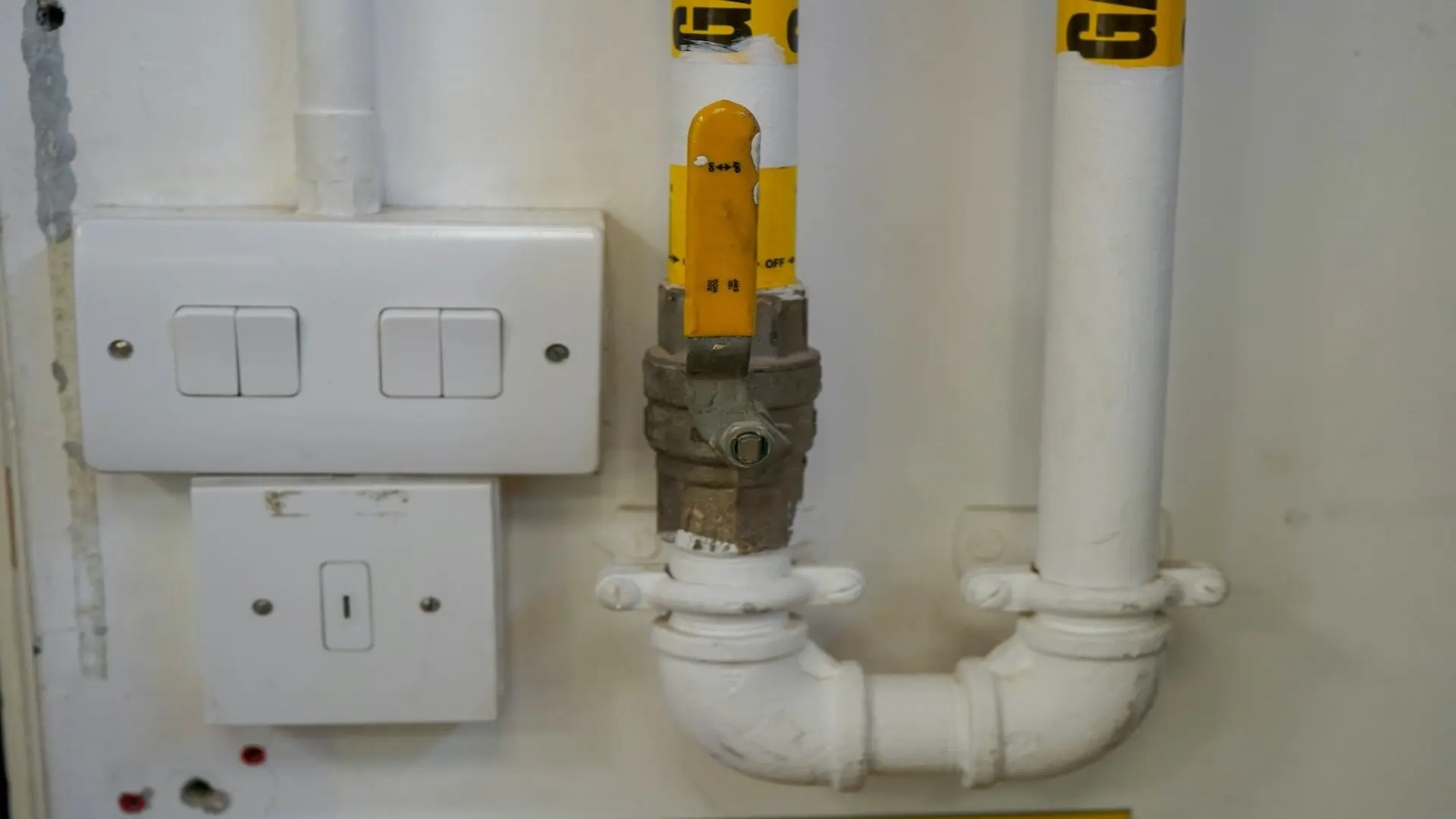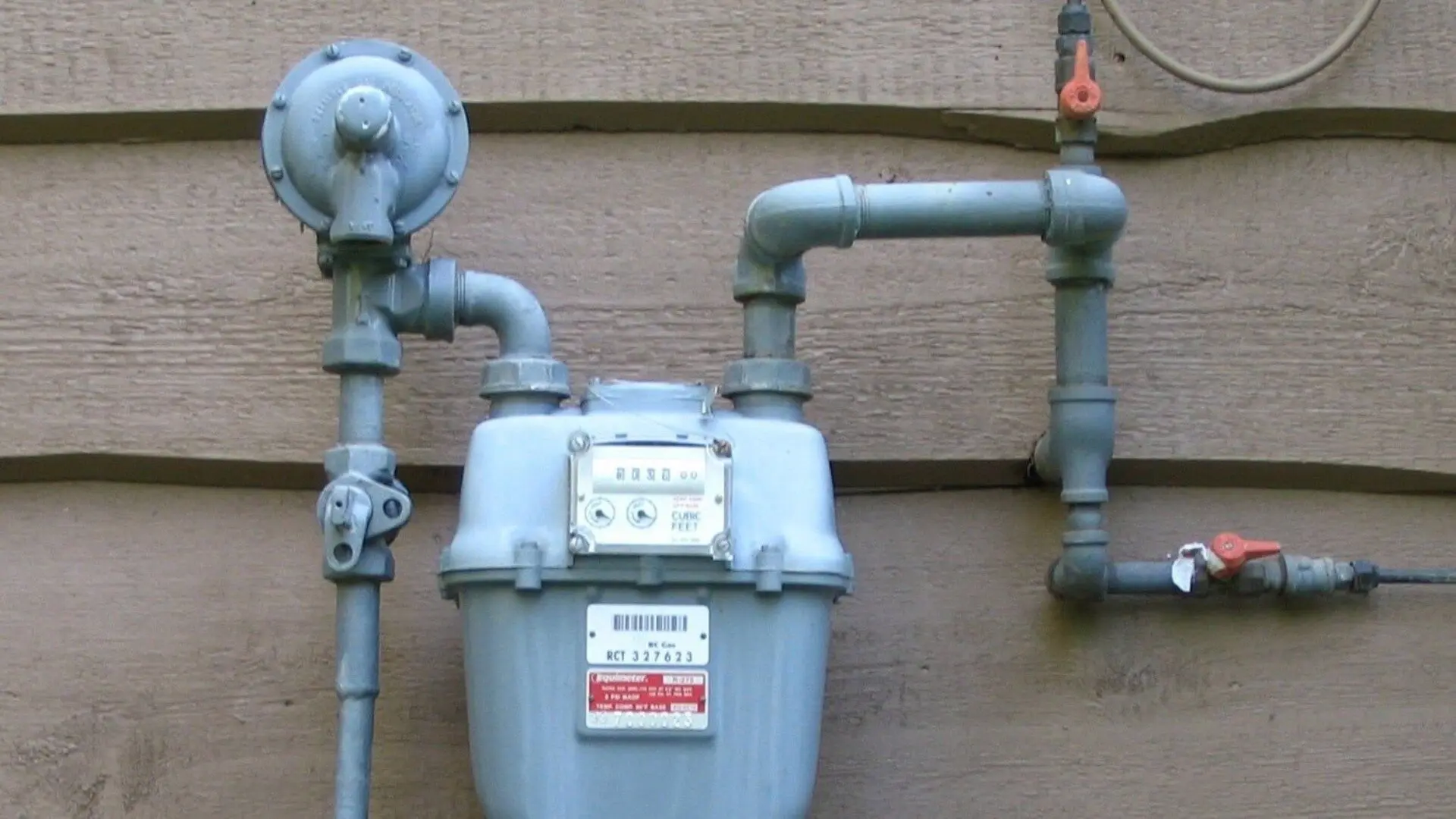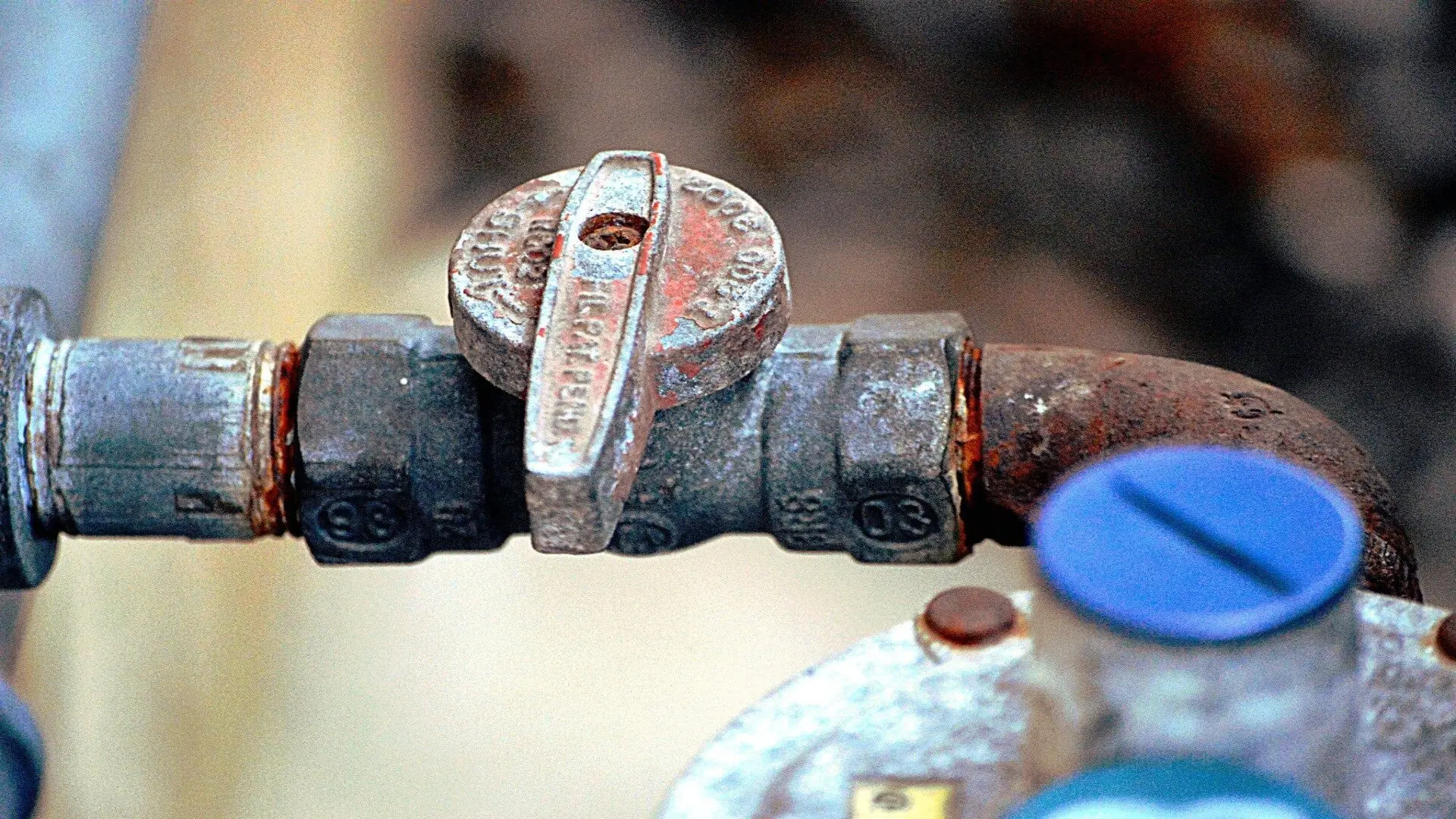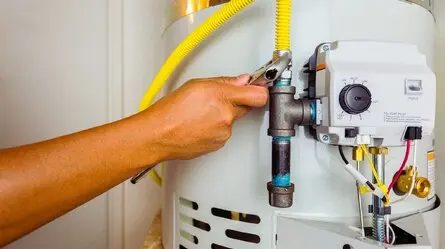Every home relies on natural gas or propane for essential needs like cooking, heating and hot water. While gas is convenient and economical, knowing how to shut off the supply safely in an emergency is crucial.
Whether it’s a gas leak, a fire, or an earthquake, quickly turning off your gas can protect both your life and property. However, many people aren’t aware of where their home’s gas shut-off valve is or how to use it correctly.
In this post, we’ll explore why it’s crucial to be prepared to shut off your gas in an emergency. You’ll learn how to find your shut-off valve and go through the straightforward steps to stop the gas flow.
We’ll also emphasise the importance of practice and involving your whole family. After reading, you’ll feel confident taking immediate action if a gas-related emergency occurs.
Why You Need to Know How to Shut Off the Gas
Gas cooking appliances are certainly convenient, but accidents and emergencies like leaks or malfunctions do happen. Knowing how to swiftly isolate your home’s gas supply can be vital in ensuring your safety.
If a leak or line rupture occurs, shutting off the gas immediately can help prevent dangerous gas from spreading throughout your home. It could also prevent a leak from escalating into a fire or explosion.

Emergencies like earthquakes can also damage gas lines and appliances, releasing gas into your home. Without the ability to cut off the source promptly, high gas levels could, over time, make rooms unsafe to enter or ignite spontaneously.
To locate a suspected gas leak, you should never use ignition sources, including mobile phones, power points, light switches, or naked flames. Having the knowledge and ability to shut it off right away gives you power over the situation, allowing you to protect yourself and call for help from emergency responders. Taking just a few minutes to learn could eliminate risks down the road.
Locating Your Home’s Gas Shut-Off Valve
The first step is to find your home’s gas shut-off valve, also sometimes called the gas main valve. Turn off all the gas appliances in your home. This includes gas cooking appliances, heaters and your hot water unit (including the pilot).
In most houses, it will be located near the gas meter, which is usually on the exterior wall of the building closest to where the gas line enters. The valve may be in the basement, garage, or outdoors. It is typically a sturdy metal valve with a perpendicular handle. Please take note of its exact location before an emergency happens.

If you need help locating the valve, check with your gas company. They can provide tips specific to your home’s setup.
You may also find clues like exposed gas piping with access points or walls with removable exterior panels. Once found, clearly mark the area for future reference. A pre-identified location saves valuable minutes in an urgent situation when every second counts for your safety.
Instructions for Turning Off the Gas Supply
Once you’ve located your gas shut-off valve, familiarising yourself with the proper technique for turning it off quickly and correctly in an emergency is essential. Here are the step-by-step instructions:

Step 1. Make sure you have the proper tools
Keep a gas valve wrench handy by the shut-off valve for easy access. Make sure the wrench is suitable for your specific valve type, as it might need to be a specialised fit.
Step 2. Position yourself by the shut-off valve
Stand to the side so you are not in direct line with escaping gas. This precaution protects your safety.
Step 3. Rotate the valve 90 degrees
Use the gas valve wrench to turn the valve perpendicular to the flow of gas travelling through the pipe. A quarter turn of the handle is usually sufficient.
Step 4. Confirm the gas is entirely shut off
When closed or shut off, the handle will be at a right angle to the pipe. Check that the gas flow has stopped by not smelling or hearing any leaks from the line.
Practice Shutting Off the Gas Regularly
It’s important for everyone in the household to know how to shut off the gas in an emergency. Make it a point to practice twice a year, even without tools, so it becomes second nature. This helps everyone, kids included, get comfortable with finding and turning the valve.
During practice, have everyone take a turn isolating the gas supply while others time them. Discussing any issues that arise helps improve readiness. Consider making it a fun family drill with rewards like extra allowance or screen time for the fastest person. You can even tie practice into seasonal preparation for hurricanes or wildfires.
Regularly verifying your ability to turn the valve quickly reinforces the home’s safety net. It ensures no one becomes rusty in their knowledge should an actual gas-related emergency occur. Taking simple steps twice a year provides worthwhile peace of mind.
What to Do After Shutting Off the Gas

After shutting off the gas in your home, there are some important steps to take. First, do not turn the gas back on yourself.
Call your gas company or a licensed plumber to restore gas service. Before turning it back on, they will check that all appliances are working correctly and there are no leaks.
Open windows and doors to ventilate the house while the gas is off. After the gas is restored, check your pilot lights and relight any that have gone out. Be present when the gas is turned back on to check for odour and ensure appliances function.
Inform family members that gas service has been interrupted. Consider having a carbon monoxide detector to monitor air quality. These precautions will help ensure safety after your gas has been shut off.
Your Guide to Gas Emergency Preparedness
Being able to shut off your gas supply quickly and safely is key to being prepared for emergencies. If you smell or think there’s a gas leak, act immediately. Find the main shut-off valve outside, turn it a quarter, and stop the flow. Leave straightaway and contact the gas company from a secure spot. Remember, only a pro should turn the gas back on after it has been off.
Knowing how to shut off your gas supply can help protect your family and home. If you have any additional questions or need your gas system serviced, the licensed gas fitter at Woolf Plumbing is always available to help. Reach out anytime to ensure your plumbing and gas systems are in great shape. Stay safe by learning where your gas shut-off is located before an emergency strikes.




